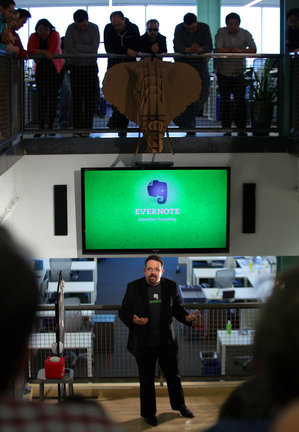(p. C4) . . . some inventions seem to have occurred to nobody until very late. The wheeled suitcase is arguably such a, well, case. Bernard Sadow applied for a patent on wheeled baggage in 1970, after a Eureka moment when he was lugging his heavy bags through an airport while a local worker effortlessly pushed a large cart past. You might conclude that Mr. Sadow was decades late. There was little to stop his father or grandfather from putting wheels on bags.
Mr. Sadow’s bags ran on four wheels, dragged on a lead like a dog. Seventeen years later a Northwest Airlines pilot, Robert Plath, invented the idea of two wheels on a suitcase held vertically, plus a telescopic handle to pull it with. This “Rollaboard,” now ubiquitous, also feels as if it could have been invented much earlier.
Or take the can opener, invented in the 1850s, eight decades after the can. Early 19th-century soldiers and explorers had to make do with stabbing bayonets into food cans. “Why doesn’t somebody come up with a wheeled cutter?” they must have muttered (or not) as they wrenched open the cans.
For the full commentary, see:
MATT RIDLEY. “MIND & MATTER; Don’t Look for Inventions Before Their Time.” The Wall Street Journal (Sat., September 15, 2012): C4.
(Note: ellipsis added.)
(Note: the online version of the commentary has the date September 14, 2012.)



